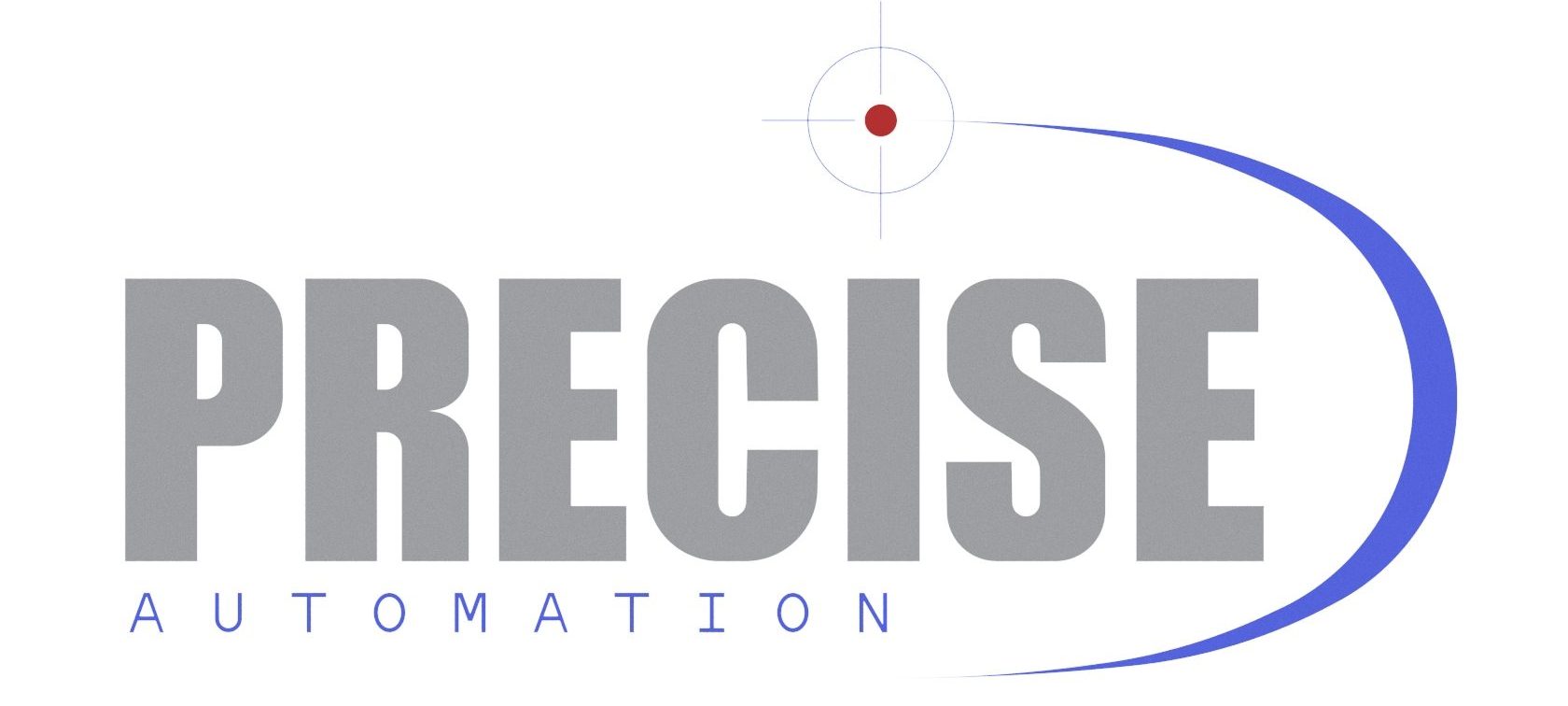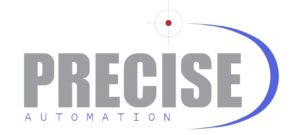We design, manufacture, and integrate a full line of inspection, sorting, and verification systems.
High-speed inspection machines are advanced technological systems designed to rapidly and accurately inspect various products, materials, or components for defects, inconsistencies, or quality issues. These machines use a combination of sensors, cameras, algorithms, and automation to perform thorough inspections at extremely fast speeds, often in manufacturing or production line environments. Their primary purpose is to ensure the quality and reliability of products while maintaining high production rates.
We can build stand alone inspection systems to operate offline or we can easily integrate any technology into your current process.
Technology Used
- Vision (2D-3D-AI)
- Eddy Current
- Laser-Line Scan
- 360-Degree
- RECESS CHECK
- Profiling
Vision is the cornerstone of our cutting-edge inspection systems. By utilizing state-of-the-art optical and imaging technologies, vision inspection systems provide unparalleled precision and reliability in quality control. These systems serve as vigilant electronic eyes, meticulously examining products with unparalleled accuracy. Through advanced cameras, machine learning algorithms, and artificial intelligence, it enables businesses to spot even the tiniest imperfections or deviations in their production processes. This proactive approach not only ensures products meet the highest standards of quality but also enhances overall operational efficiency, reducing downtime and minimizing costly defects.
Eddy Current, a non-destructive testing technique, plays a pivotal role in modern manufacturing processes. By utilizing electromagnetic induction, Eddy Current testing assesses the integrity and quality of materials and components without causing any physical harm. When a high-frequency alternating current is passed through a coil, it generates a magnetic field. When this coil is placed near a conductive material, such as metal, it induces circulating electrical currents, known as eddy currents, within the material. These eddy currents interact with the original magnetic field, causing measurable disturbances. By analyzing these disturbances, manufacturers can detect defects like cracks, corrosion, or inconsistencies in material properties. Eddy Current testing is highly versatile, offering the ability to inspect a wide range of materials, shapes, and sizes, making it an indispensable tool for ensuring product quality, safety, and performance in various manufacturing industries, from aerospace to automotive.
Laser-line scanning is a sophisticated 3D imaging technology that employs laser light to capture highly accurate and detailed three-dimensional representations of objects, surfaces, or environments. In laser-line scanning, a laser projector emits a thin laser line onto the subject of interest, while a specialized camera records how that laser line deforms as it interacts with the subject’s contours and features. By precisely measuring the distortions in the laser line, the system creates a dense point cloud of data that accurately reflects the object’s shape, texture, and topography. This data can be used for a wide range of applications, from quality control and reverse engineering in manufacturing to precise mapping and documentation in fields like archaeology and architecture. Laser-line scanning provides unparalleled precision and speed, making it a valuable tool for industries and disciplines where detailed 3D information is essential for decision-making and analysis.
360-degree scanning in manufacturing vision refers to a comprehensive imaging technique that captures a complete view of an object or environment from all angles simultaneously. This approach employs advanced cameras and sensors strategically positioned to ensure full coverage of the subject of interest. By using multiple cameras or a single camera with a wide field of view, 360-degree scanning eliminates blind spots and provides a holistic representation of the object being inspected. This technology is especially valuable in manufacturing as it allows for thorough and efficient quality control, detecting defects or anomalies that might be missed in traditional single-view inspections. It enhances production efficiency by reducing the need for manual repositioning of items during the inspection process and offers a more comprehensive understanding of product integrity, enabling manufacturers to maintain high-quality standards while optimizing their processes.
Recess checking is a critical aspect of quality control in manufacturing, particularly in industries that produce components with intricate features and tight tolerances. This process involves the precise examination of recessed or cavity-like areas within a product, ensuring that they meet the required specifications and quality standards. Manufacturers employ specialized inspection equipment, such as coordinate measuring machines (CMMs) or 3D scanners, to meticulously measure the depth, dimensions, and geometric accuracy of these recesses. By conducting recess checking, manufacturers can identify issues such as surface irregularities, improper depths, or deviations from design specifications. This meticulous examination helps maintain product integrity, prevents defects, and guarantees that components fit and function correctly within the larger assembly. In essence, recess checking plays a vital role in ensuring the overall quality and reliability of manufactured products.
Profiling in manufacturing refers to the precise measurement and analysis of the cross-sectional shape or dimensions of a product or component. This process is essential for ensuring that manufactured items conform to design specifications and meet the desired quality standards. Tools capture detailed data points along the profile of an object, allowing for the accurate assessment of key parameters such as contour, width, height, and angles. Profiling is instrumental in industries ranging from automotive to aerospace, where precision and consistency are paramount. By conducting thorough profiling, manufacturers can detect deviations, defects, or variations in a product’s shape, enabling them to make necessary adjustments to maintain product quality and adherence to design requirements. This meticulous approach contributes significantly to the reliability and performance of manufactured components.

